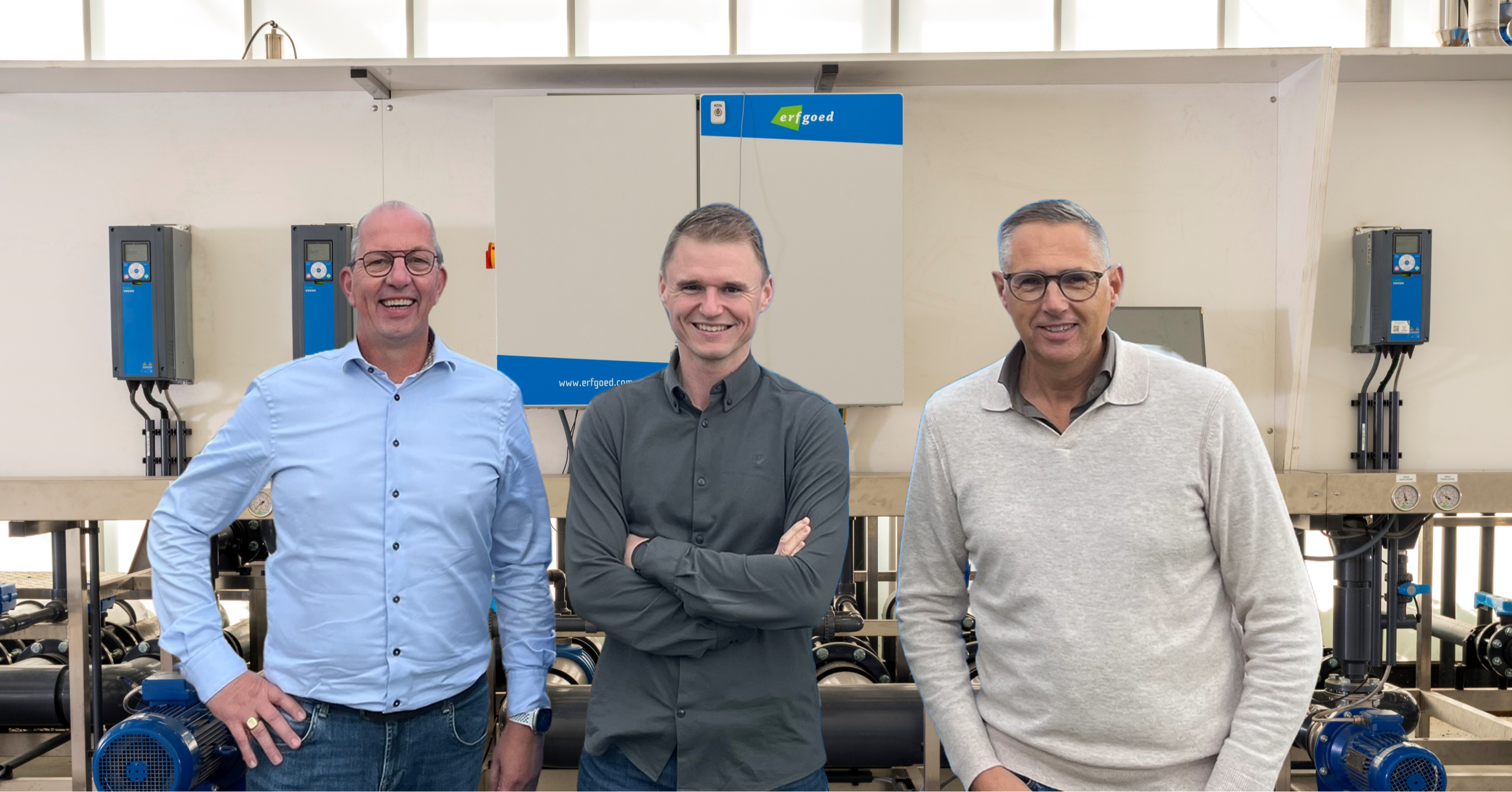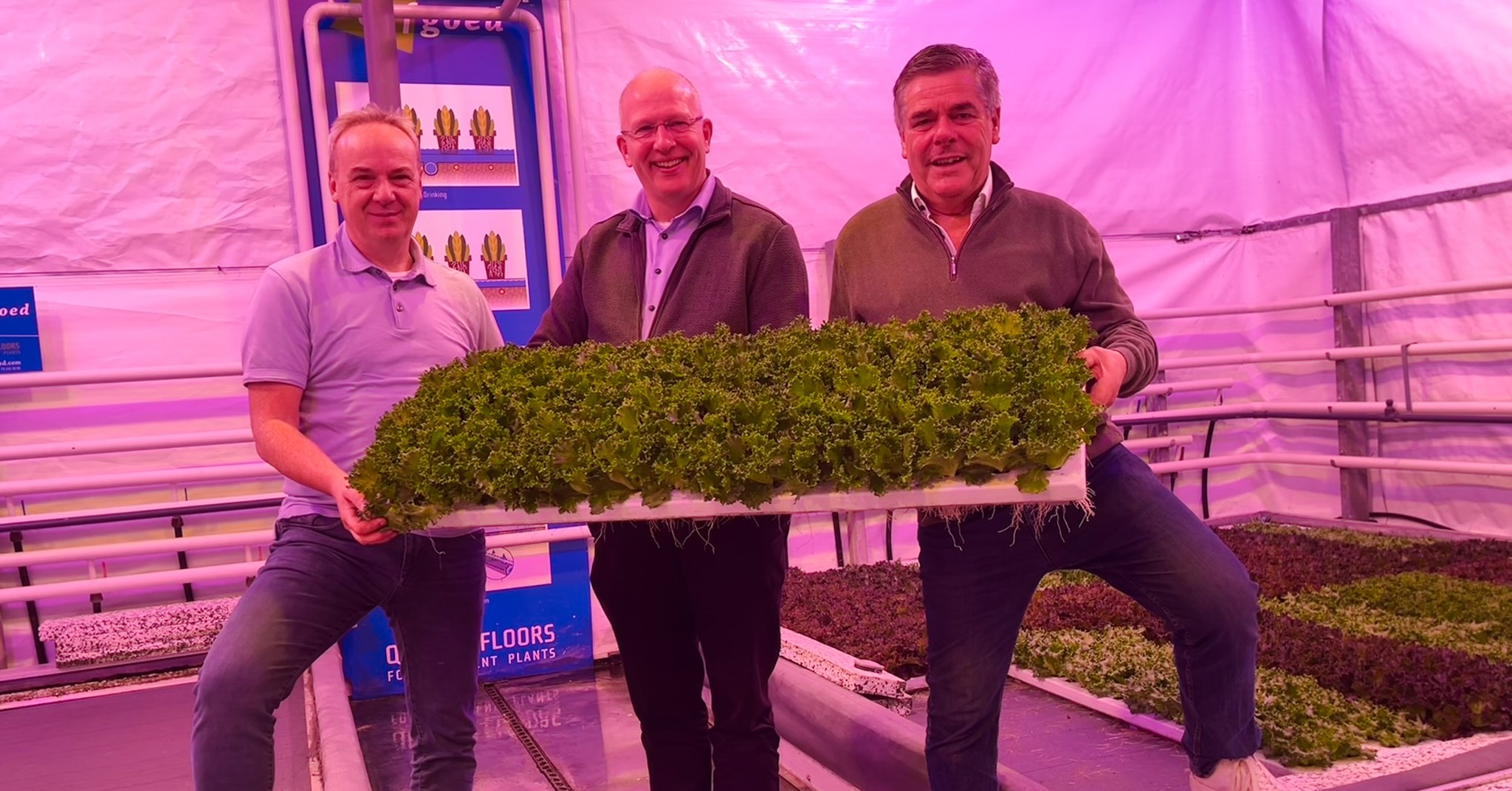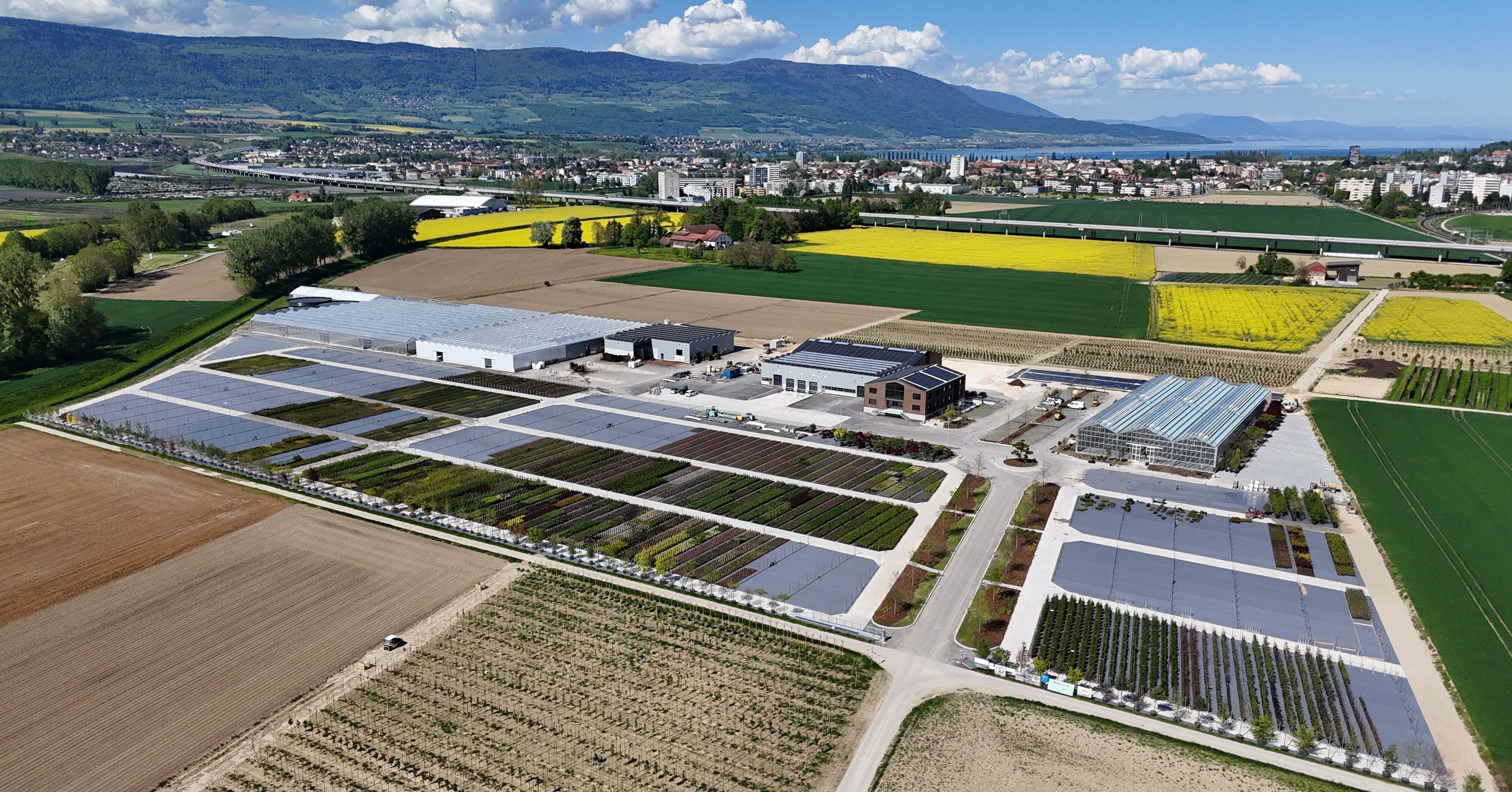- Prefer direct contact? +31 (0)79 593 38 00
- Language: English
The three balances of the plant
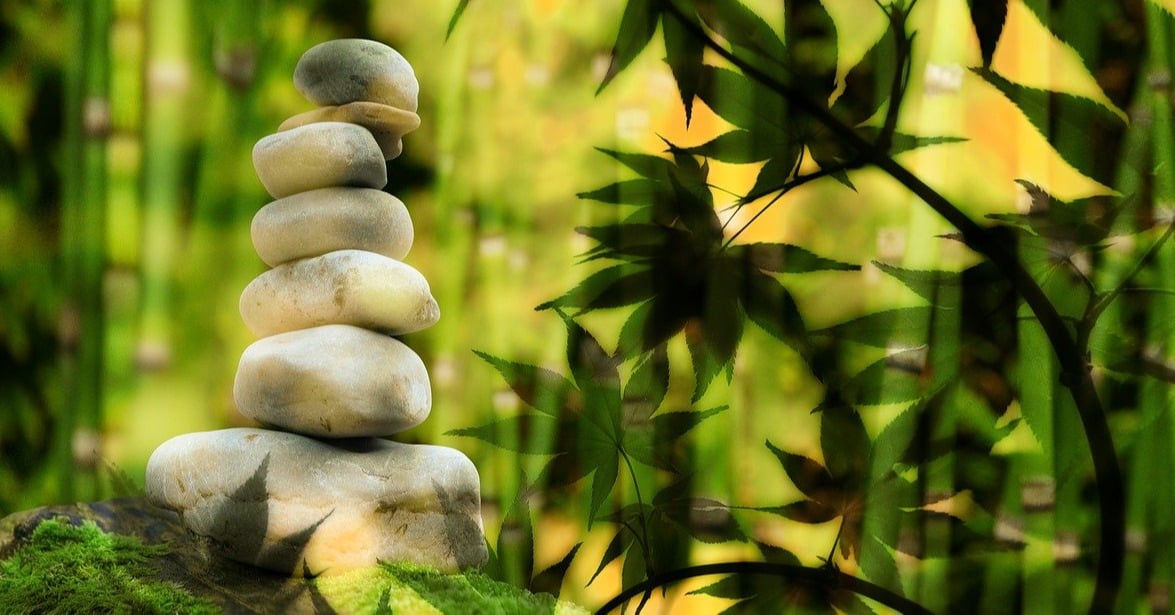
The three balances of the plant
Apr 28, 2022 3:38:14 PM
As a grower, you want to create the perfect conditions, for optimal plant growth. But the key is not to overdo it, the authors of the Plant Empowerment book emphasize. 'The plant is perfectly equipped and able to self-correct minor imbalances. In fact, it is essential to ensure that these self-protection mechanisms of the plant remain active,' the book states.
 The question is, what are the perfect conditions? Before we explain that, we need to understand how the plant works. Where does the plant react to, and how do we make the plant happy? Three balances influence this, we indicated earlier. These are the energy balance, the water balance and the assimilate balance. In this chapter we will zoom in on these balances. To achieve an optimal plant growth, it is important that the three balances mentioned are also well balanced. This blog also includes quotes from Peter Geelen (co-authored book Plant Empowerment). We interviewed him for our white paper about plant health.
The question is, what are the perfect conditions? Before we explain that, we need to understand how the plant works. Where does the plant react to, and how do we make the plant happy? Three balances influence this, we indicated earlier. These are the energy balance, the water balance and the assimilate balance. In this chapter we will zoom in on these balances. To achieve an optimal plant growth, it is important that the three balances mentioned are also well balanced. This blog also includes quotes from Peter Geelen (co-authored book Plant Empowerment). We interviewed him for our white paper about plant health.
1. The balance of energy
The energy balance of the plant is in fact nothing more than the balance between supply and removal of energy. This balance can become disturbed for various reasons. But fortunately plants are equipped with a mechanism that can restore the energy balance, namely evaporation. Sometimes we have to help the plant a little with this. Three energy flows affect the energy balance:
Short-wave radiation
This involves a primary source of energy. The sun and supplemental lighting are examples of shortwave radiation. For example, when the plant has too little water, it can change the position of the leaf or reflect light. This causes the plant to have to evaporate less. This is genetically determined.
Longwave (out)radiation
This is an energy flow that occurs at a distance. For example, if the greenhouse deck is warmer than the plant, the plant will receive energy. "But this principle also applies the other way around," says Geelen. "In this case, the plant emits heat. And obviously you want to prevent that. After all, this costs energy, which the plant cannot use for evaporation. In addition, root pressure can occur, since the roots are warmer than the leaves in this case. This results in diseases or leaves with brown edges."
Convective energy
Warm air creates convective energy and affects the energy balance of a plant. This is the case, when the air is warmer than the plant. Air movement also affects the energy balance. Through the air movement, warm air c.q. energy is supplied, in addition this movement removes the evaporation from the plant.
Finally, it is important to note that the energy balance determines the evaporation rate of a plant. Evaporation can only occur due to a surplus in the energy balance. The plant can adjust its leaf temperature by opening its stomata more or less. In this way, the convection current is regulated and also the evaporation rate.
2. The balance of water
The inflow and outflow of water to the plant determine the water balance. "It is essential to maintain a balance here. By doing so you prevent dehydration and water stress in the short term and enable growth and production of fruits and flowers in the longer term," describes the book Plant Empowerment.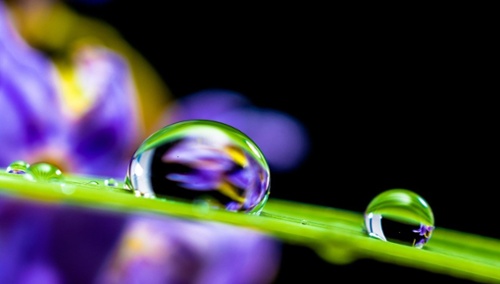
It is important that the watering is properly adjusted to the water uptake capacity in the root zone. And that in turn must be equal to the evaporation rate. Fortunately, a plant has a buffer to correct sudden changes. For example, when there is temporarily too little water available.
The evaporation rate can be increased, by utilizing sunlight and using techniques that create a surplus in the energy balance. This results in better production and quality. And when you create the same conditions everywhere in the greenhouse. This also leads to uniform plants. Good to know: Every plant has a maximum evaporation rate.
When there is an insufficient supply of new water, the stomata of the plant will close further. This increases the leaf temperature and may cause it to rise above the air temperature. This leads to the plant dissipating heat, through the principle of convective energy. With closed stomata, the plant can absorb less CO2, which is needed for photosynthesis and further growth.
All this does not mean that plants must necessarily grow in a perfect climate. A non-optimal climate also has advantages. This involves better hardening off of the plants, which improves their shelf life with the consumer. In the sales chain and in the consumer's home, there is not always an optimal climate.
3. The balance of assimilates
The book Plant Empowerment describes this balance as follows:
"The assimilate balance is the balance between the production and consumption of assimilates. For optimal growth it is essential that the production of assimilates is as high as possible and at the same time the effective utilization of assimilates is maximized.'
Assimilates are created in the photosynthesis process, where water and CO2 are converted - using energy (PAR light) - into sugars (assimilates) and oxygen. This ensures the growth of the plant. The more assimilates are produced, the higher the plant temperature. This in turn has an effect on the temperature in the greenhouse.
To create an optimal assimilation balance, it is especially important to ensure the right ratio between the parameters PAR light, CO2, humidity and temperature. This results in a healthy and resilient crop. This is further explained in the book Plant Empowerment.
Peter Geelen indicates that a high humidity is desirable. "Then the stomata open and can absorb a maximum amount of CO2. At night, you want to achieve minimal evaporation, particularly to maintain the calcium supply to the growing points, flowers and fruits."



